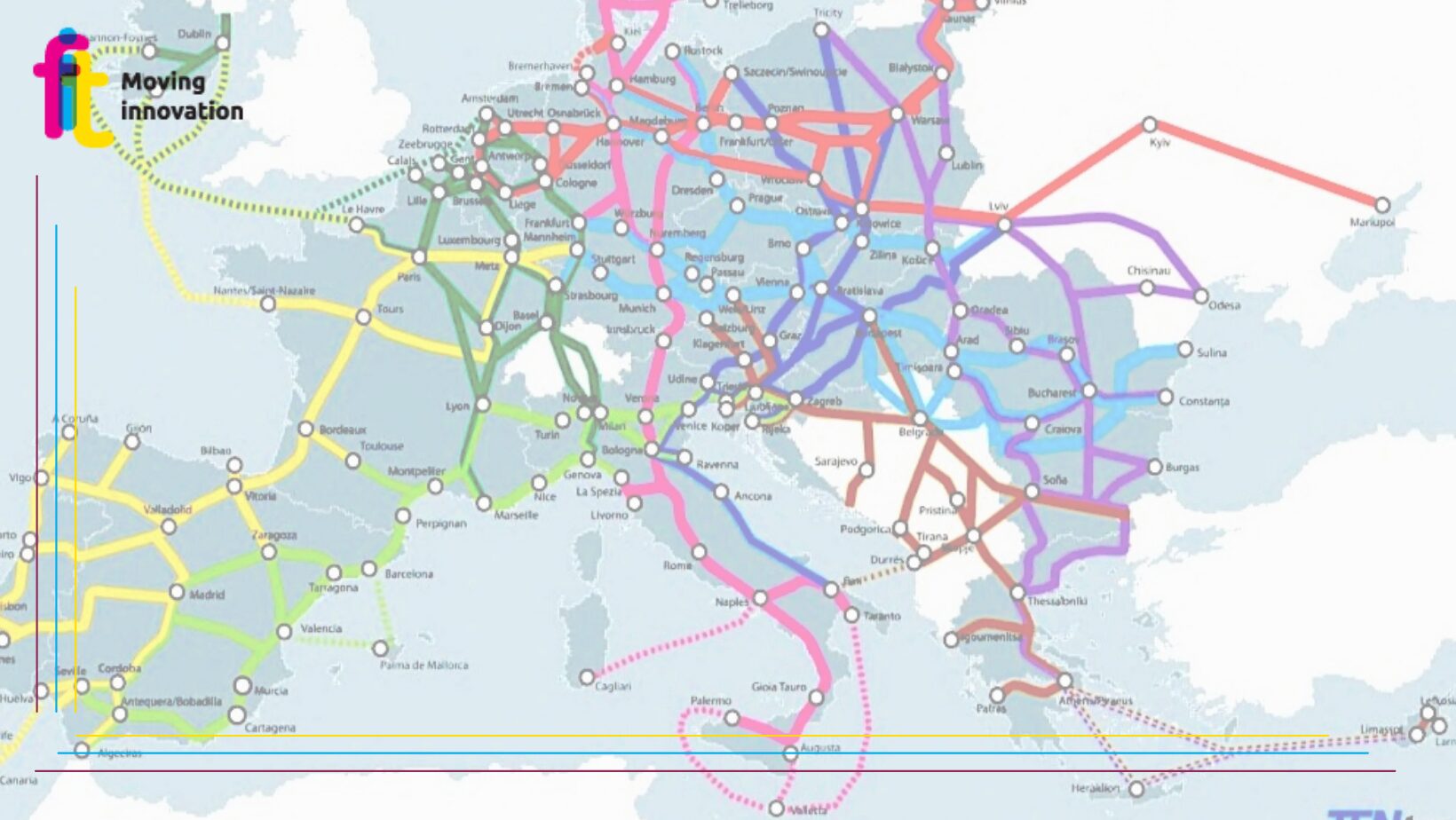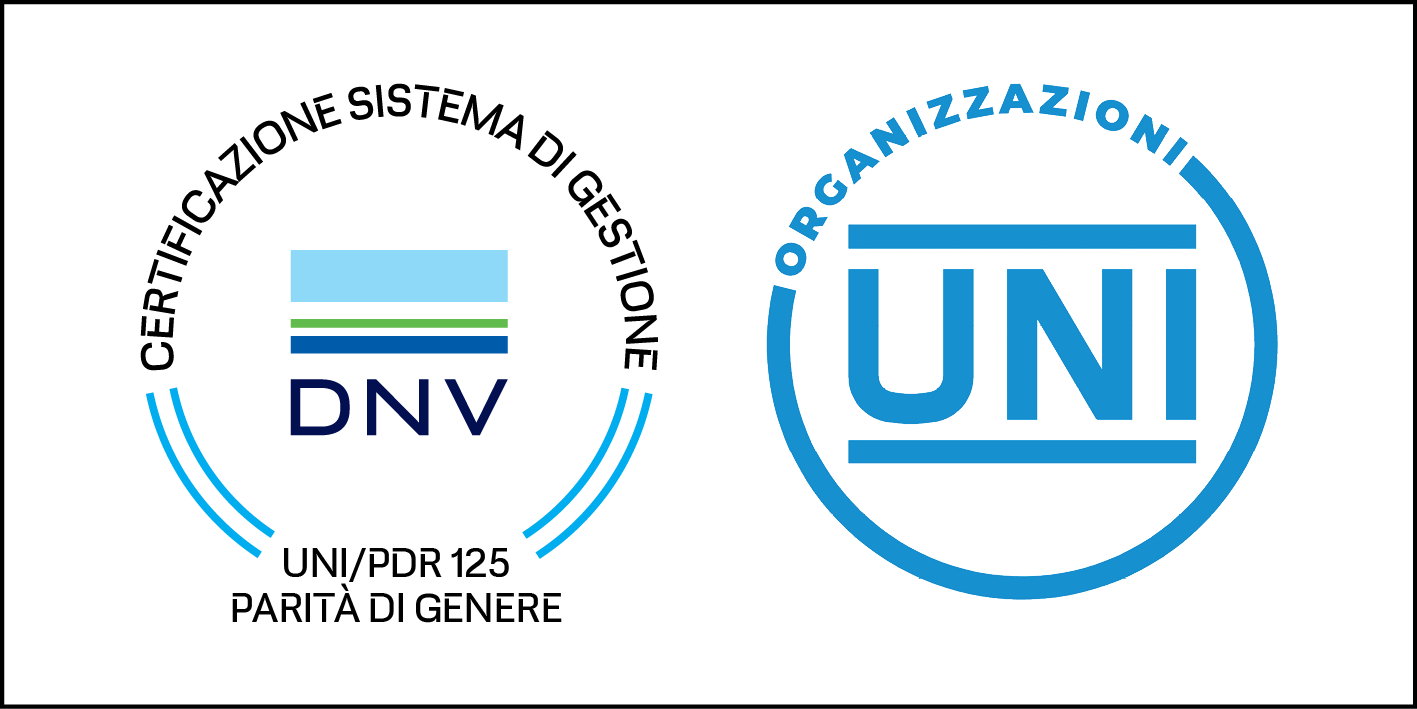TEN-T network: European Parliament updates guidelines
On 24 April, the European Parliament gave its final approval to measures to complete major trans-European transport projects, such as roads, railways, bridges and tunnels, by 2030.
The update of the European Plan for a network of railways, roads, inland waterways and short sea routes connected via ports and terminals throughout the Union aims, in fact, to eliminate bottlenecks and missing transport links.
Current TEN-T trans-European transport projects include many European links, including the Baltic railway between Helsinki and Warsaw, the Brenner base tunnel connecting Austria and Italy, and the Lisbon-Madrid high-speed railway line. Italian projects that could obtain European funding within the framework of the TEN-T networks include, among others, the bridge over the Strait of Messina and the Milan-Treviglio-Verona and Bologna-Ancona-Pescara-Foggia high-speed railway lines.
In order to ensure a comprehensive network by the end of 2050, major transport infrastructure projects on the core TEN-T network will therefore have to be completed by the end of 2030. To accelerate the implementation of the project throughout the network, an intermediate deadline of 2040 is also introduced.
By the end of 2030, therefore, the railways of the TEN-T core network should be electrified and reach a speed of 100 km/h for freight transport. Furthermore, the crossing of internal EU borders should take less than 25 minutes on average, while a minimum speed of 160 km/h should become the norm on passenger trains at the end of 2040.
On the other hand, the main European airports (handling over 12 million passengers per year) will be connected to the trans-European rail network.
Finally, in order to ensure better resting conditions for professional truck drivers, safe and secure parking areas will have to be provided along major EU roads at least every 150 km.
For more information, please consult the website of the European Parliament.









